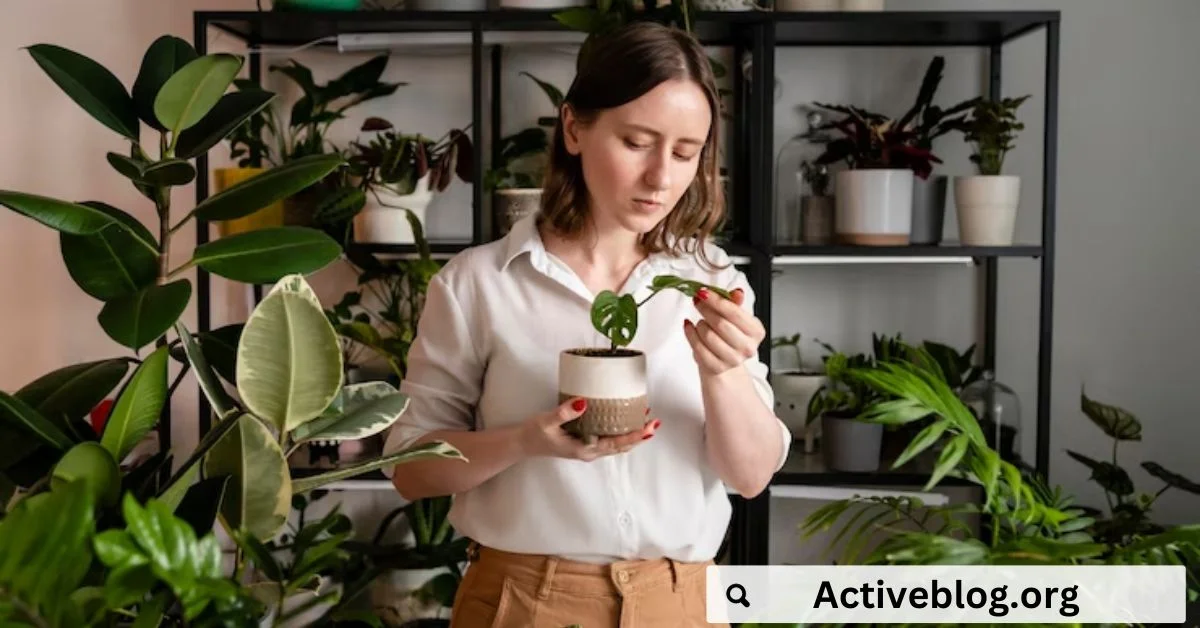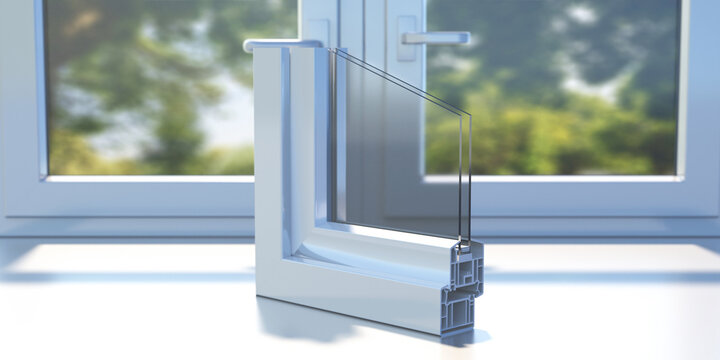Indoor gardening has visible a top-notch resurgence in recent years. The attraction of lush greenery inside our homes offers now not handiest aesthetic satisfaction but also a breath of sparkling air—each actually and metaphorically.
Houseplants now not handiest decorate the visual appeal of our dwelling spaces but also purify the air and make a contribution to our overall well-being.
In this article, we will discover a few essential recommendations for growing a thriving indoor greenery paradise and delve into the captivating world of indoor vertical hydroponic gardens.
1. Choose the Right Plants
The adventure to create a houseplant haven starts with choosing the proper plants in your indoor space.
Consider factors like mild situations, humidity ranges, and your ability to care for them.
Some famous picks for indoor gardening include snake plants, pothos, peace lilies, and spider flora.
Low-maintenance alternatives are ideal for novices, however as your self-assurance grows, you could experiment with more disturbing sorts.
2. Understand Light Requirements
Light is one of the maximum crucial factors for indoor flora’ health. Different vegetation has varying mild necessities. Some thrive in bright, oblique sunlight, while others prefer low-mild situations.
Assess the lighting in your home and the area of your vegetation for this reason. South-going through home windows normally obtain the mildest, at the same time while north-dealing with windows is frequently the darkest.
Supplemental artificial lighting, together with developed lights, also can be a recreation changer to your indoor lawn.
3. Establish a Watering Routine
Overwatering or underwatering are common pitfalls for indoor gardeners. The key is to set up a normal watering routine but additionally be attentive to your plant’s individual needs.
Use pots with drainage holes to save your waterlogged roots and make sure that excess water can get away.
To gauge while to water, stick your finger into the soil; if it feels dry approximately an inch below the floor, it is time to water.
Be conscious no longer permit your plants to sit in status water, which could cause root rot.
4. Maintain Adequate Humidity
Indoor environments frequently have lower humidity levels than outdoor ones, which may be hard for humidity-loving flowers like ferns and orchids.
To increase humidity, you could use a humidifier or vicinity a tray of water near your flora. Grouping flora collectively also can create a microclimate with higher humidity.
Mist your flowers now and again, however, avoid overdoing it, as an excessive amount of moisture can invite fungal problems.
5. Prune and Maintain
Regular pruning and maintenance are essential for the health and appearance of your indoor garden.
Remove dead or yellowing leaves, and trim leggy increase to encourage bushier growth. Dust your plant life’ leaves sometimes to permit them to respire and photosynthesize extra efficiently.
Repotting can also be important whilst your flowers outgrow their bins, generally every couple of years.
6. Fertilize Wisely
Indoor flowers require nutrients to thrive, and you may provide them with balanced liquid fertilizer all through the growing season (usually spring and summer time). However, it is important no longer to over-fertilize, as this can harm your vegetation. Follow the recommended dosage on the fertilizer label, and recollect using a diluted way to keep away from nutrient buildup in the soil.
7. Pest Management
Pests can now and again discover their way into your indoor lawn. Common indoor plant pests include spider mites, aphids, and mealybugs. Regularly check out your plants for signs and symptoms of infestation, inclusive of discolored or distorted leaves. If you detect pests, isolate the affected plant and deal with it with natural or chemical solutions as vital. Preventative measures like cleansing your plants and periodically quarantining new additions can assist in keeping pests at bay.
8. Introducing Indoor Vertical Hydroponic Gardens
While traditional potted plant life are great, exploring alternative gardening techniques can add an interesting size in your indoor oasis. Indoor vertical hydroponic gardens are a modern way to grow plants without soil, making them ideal for small areas or those looking for a unique gardening enjoy.
What Is Indoor Vertical Hydroponics?
Indoor vertical hydroponic gardening entails growing plant life in a soil-much less medium, the usage of nutrient-rich water to supply important vitamins directly to the plant’s roots. In vertical hydroponic structures, plant life are stacked vertically, maximizing area utilization and permitting you to domesticate a wide variety of herbs, greens, and even a small end-result interior.
Benefits of Indoor Vertical Hydroponics:
1. Space Efficiency:
Vertical hydroponic systems are fairly area-green, making them ideal for city dwellers or people with restricted areas.
2. Year-Round Gardening:
You can develop plants 12 months spherical, regardless of out-of-doors weather conditions, ensuring a non-stop delivery of fresh produce.
3. Water Efficiency:
Hydroponics typically makes use of less water than conventional soil-based total gardening, making it a green preference.
4. Faster Growth:
Plants in hydroponic structures often grow quicker and produce higher yields than their soil-grown counterparts.
Getting Started with Indoor Vertical Hydroponics:
1. Choose a System:
There are numerous indoor vertical hydroponic systems available, from DIY setups to commercially-to-be-held devices. Select one that fits your space and desires.
2. Select Plants:
Herbs like basil, mint, and cilantro, in addition to small greens like lettuce and spinach, are first-rate choices for hydroponic gardens.
3. Monitor Nutrients:
Hydroponic systems require careful monitoring of nutrient levels in the water. Invest in a high-quality nutrient answer designed for hydroponics.
4. Provide Adequate Light:
Since hydroponic gardens are regularly interior, make sure your flora acquires good enough synthetic lighting, which includes LED development lights, to help wholesome growth.
Incorporating an indoor vertical hydroponic garden along with your potted flowers can offer a unique and productive gardening revel. Imagine plucking sparkling herbs to your meals or harvesting crisp lettuce leaves for salads right from your dwelling room!
Conclusion
Developing a houseplant heaven in your house is a satisfying enterprise that brings nature’s splendor and benefits into your day-by-day lifestyle. With the proper plant selection, proper care, and the addition of innovative strategies like indoor vertical hydroponic gardening, you could rework your living area into a thriving indoor greenery paradise. So, roll up your sleeves, get your palms grimy (or no longer, in the case of hydroponics), and let your indoor lawn flourish. Happy gardening!










